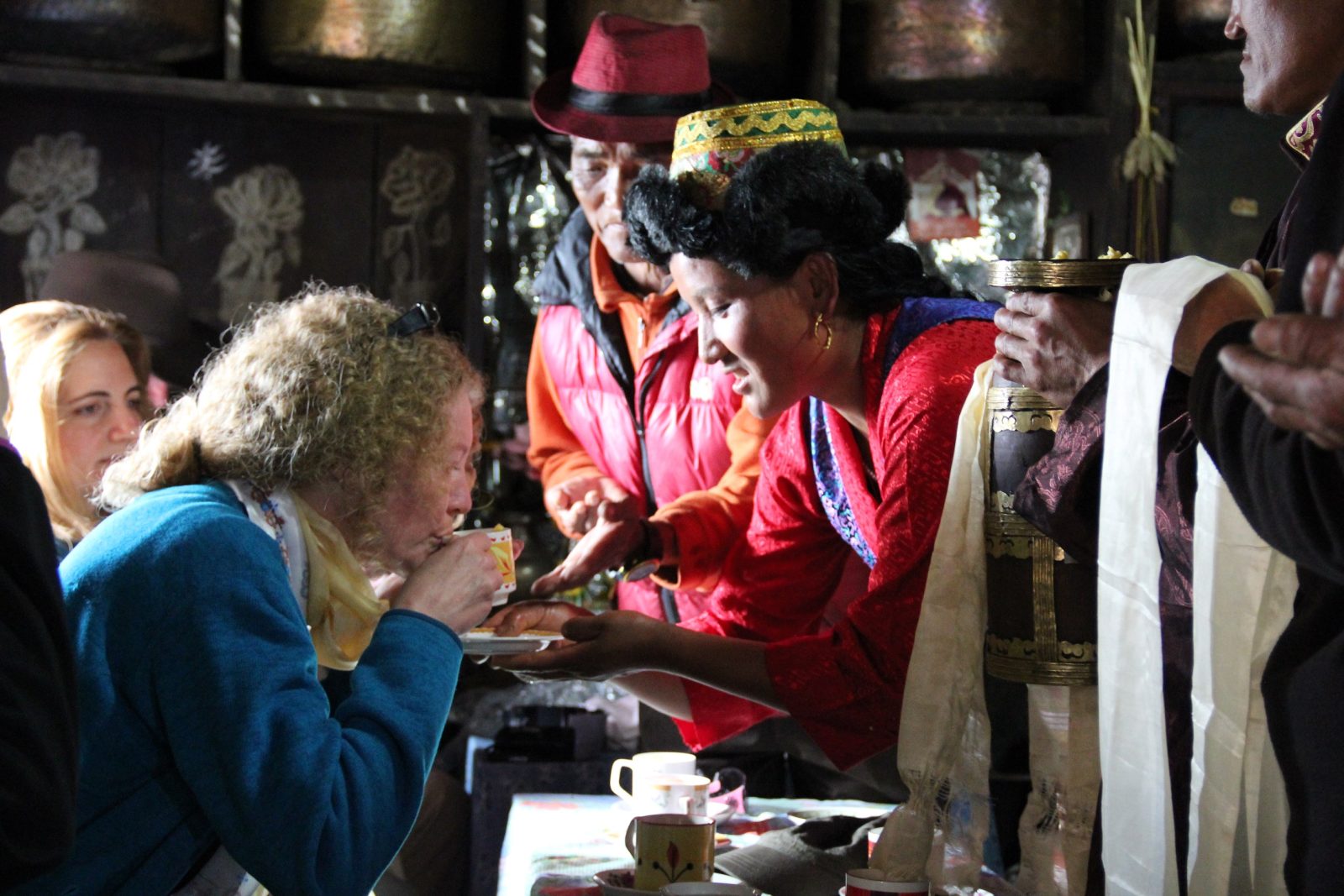
Trekking in Nepal – Accommodation, Food, Water and Waste
Lodge Accommodation on Trek in Nepal
The lodges are comfortable and warm and very well appointed, but they do become more basic as you go higher. Rooms are twin bed with two beds per room and do not have a bathroom attached unless you wish to purchase an upgrade during the trek and only in some lodges.
The beds have mattresses and pillows and some blankets to borrow. The ‘living room’ area used for eating and relaxing is heated in the evenings with a pot-bellied stove. Lodges are always sociable places where you can meet many other trekkers. Many will have books to read and some have phones. Almost all have hot showers available which are mostly gas heated.
Wifi is available everywhere in the Khumbu and a good speed but ensure all background updates and apps are turned off as it’s sold by the MB and a background app can quickly use up the credit. Higher up there is also a Wifi network between villages so you can buy credit and use it over several villages / lodges. You can also charge your electronics by the hour in the lodges but it’s expensive and popular so we recommend bringing a power pack along. If you’re on a longer trek then a small solar panel would also be useful for charging up smaller devices.
There’s no TV in the lodges but you could pre-load your tablet with movies, podcasts and so on to have something to watch and listen to while on trek.
Generally, breakfast will be at 8am and you will need to pack your bags ready for the porters to leave early. Lunch will be taken enroute in one of the many tea houses, and dinner is generally at 7pm.
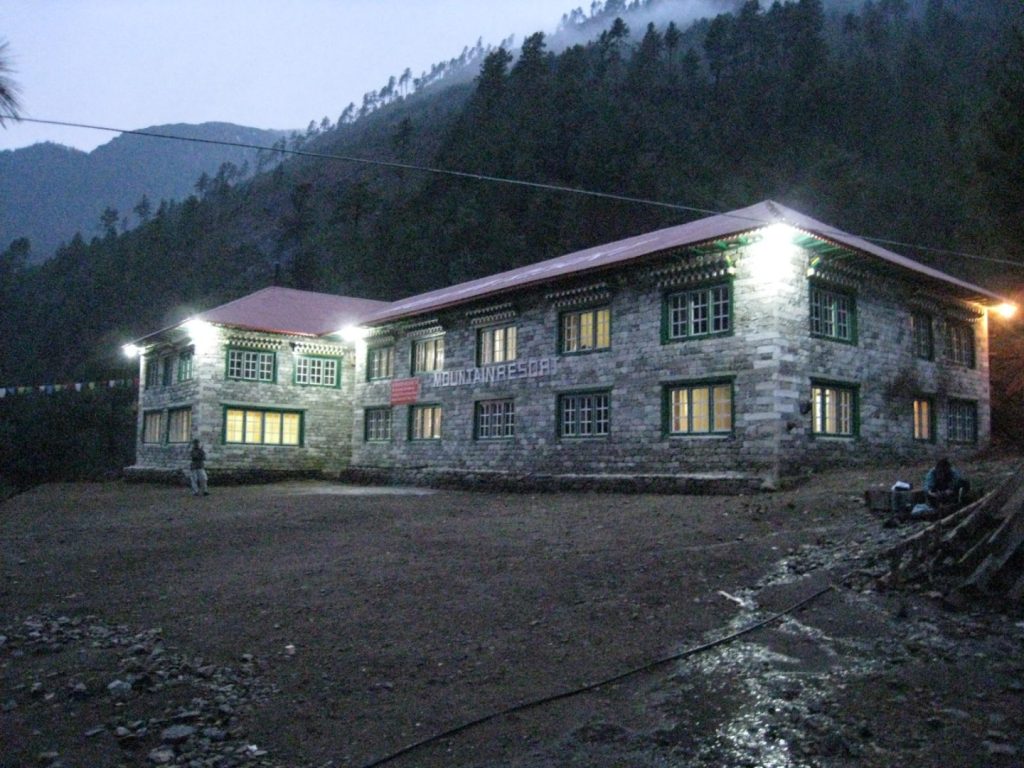
Below is a list of the expected costs for facilities at various lodges on the trail. Snacks are an average figure, boiled water is for a litre and snacks is an average price for one bar (of Snickers for example).
| Location | Snacks | Wifi | Charging per hour | Hot shower | Soft drinks | Boiled water |
| Phakding | 200 | 500 | 350 | 400 | 250 | 150 |
| Namche Bazaar | 200 | 500 | 250 | 500 | 300 | 150 |
| Tengboche | 200 | Everest Link | 300 | 600 | 400 | 200 |
| Dingboche | 150 | Everest Link | 600 | 500 | 300 | 250 |
| Pheriche | 200 | Everest Link | 350 | 500 | 450 | 200 |
| Lobuche | 300 | Everest Link | 600 | 700 | 400 | 300 |
| Gorak Shep | 500 | Everest Link | 500 | 700 | 400 | 400 |
Payment is made in cash and in Nepali rupees although some places will take dollars and even euros. In Namche Bazaar and Lukla there are forex bureaux to change money.
Room upgrade or single room
If you wish to have either an upgrade to a room with an attached bathroom/shower or you would like to have your own room then arrange this with your guide first thing in the morning. He will send a porter ahead to change the booking. You can pay him the extra money directly in cash, but it does depend on availability. An average cost for a room upgrade in Namche Bazaar is around 750 rupees and to have a normal single room would cost an additional 1000 rupees.
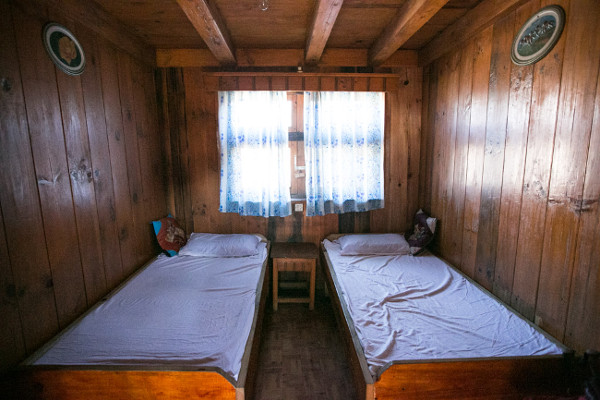
What are the toilets like on the trail?
In some of the lower lodges you will find clean western-style flush toilets but as you go higher you will find more commonly long drop toilets which are a hole in the ground. Some are better than others. You are advised to have some toilet paper on you at all times, although every lodge will sell it. On the trek, it is fine to use any of the other lodges or shops along the way if you need to use a toilet. Do not go behind bushes or drop used toilet paper outside. Most indoor toilets have a bucket for putting in used toilet paper and it’s important to do this because all waste ends up in large pits underground and unfortunately many seep into the river system. Paper is usually burnt.
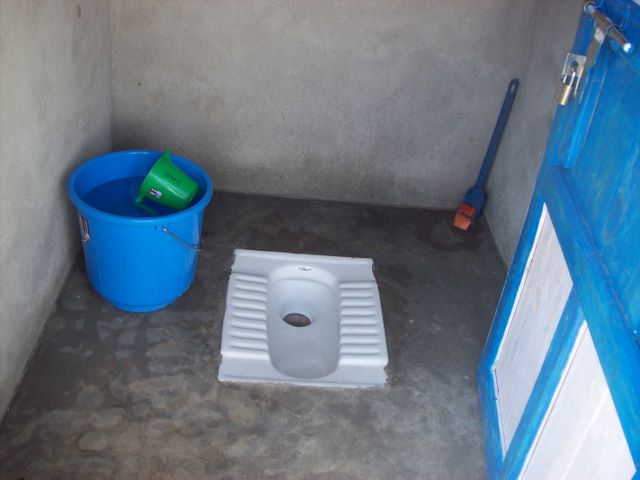
What about rubbish on the trek?
There is no recycling on the trails in Nepal as yet, although there is now a recycling unit in Namche Bazaar. Currently around 20,000 people per year go on the Everest Base Camp Trek so this obviously creates a huge amount of waste. Many people just drop it on the ground, some people use the bins in the lodges or they burn it in the stoves, but recycling is not yet a real option.
Obviously we do not want people to drop rubbish at all, but our preference is that all our clients keep their rubbish in a container or bag and pack it out back to Kathmandu. One person probably generates less than 1 kg of waste from sweet wrappers and so on during a trek so it would not be a burden. Please help us with our policy of packing out your own waste.
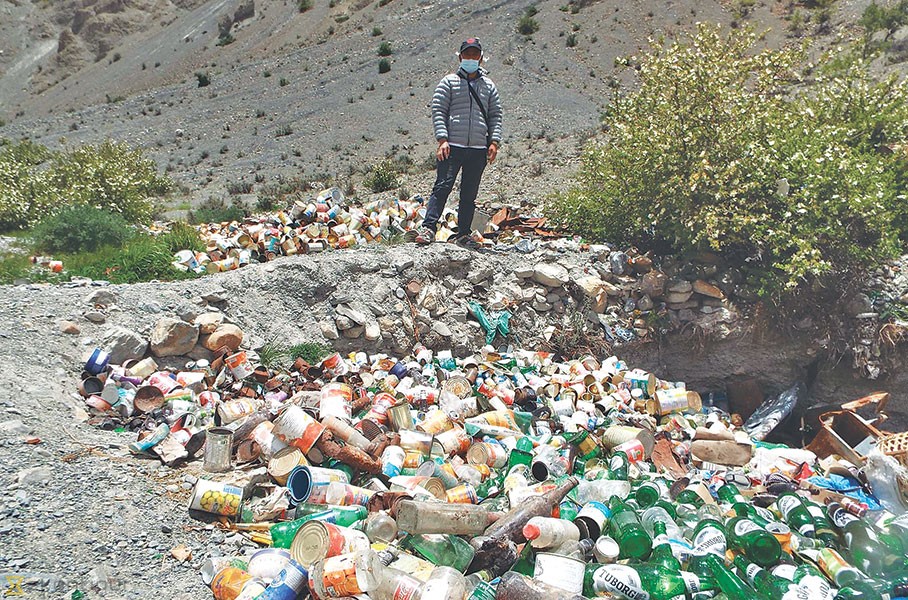
Food on Trek in Nepal
Food is of a very good quality, and we recommend you try local foods such as dal bhat (lentil stew with rice and curried potatoes or meat), boiled potatoes with chilli sauce, Sherpa stew (meat, potatoes, vegetables in a rich sauce) or curry with rice. These are the staple foods for Sherpa people but every lodge will also offer a wide range of western meals:
Breakfast – Eggs (fried, boiled), omelettes, toast, pancakes, Tibetan bread, muesli, porridge, tea, coffee, chocolate.
Lunch/dinner – Soups (tomato, garlic, vegetable, mushrooms etc), veg fried rice, dal bhat, curry w/rice, noodles (mix fried, veg, egg, w/cheese), macaroni, spring rolls (veg, egg, cheese, mixed), momo (boiled or fried mini pasties with either veg or meat), pizza (all types), fried potatoes (w/veg or cheese), chips, buff steak (water buffalo, occasionally yak), lasagne.
Dessert – apple pie, fruit cocktail, chocolate cake, rice pudding, snickers pie!
We provide one hot drink for each meal but if you want to order more then the average price is 150 Rs per cup of tea, coffee or hot lemon etc, or 1500 Rs for a flask. A can of beer is between 600 – 800 Rs.
Meals In Kathmandu –
Breakfast at a hotel in Thamel ~ 600 Rs
Meal in town ~ 1200 Rs
1 litre of mineral water in hotel 150 Rs, in street Rs 25
Beer/soft drinks 350 Rs (more in the hotels ~ 500 Rs)
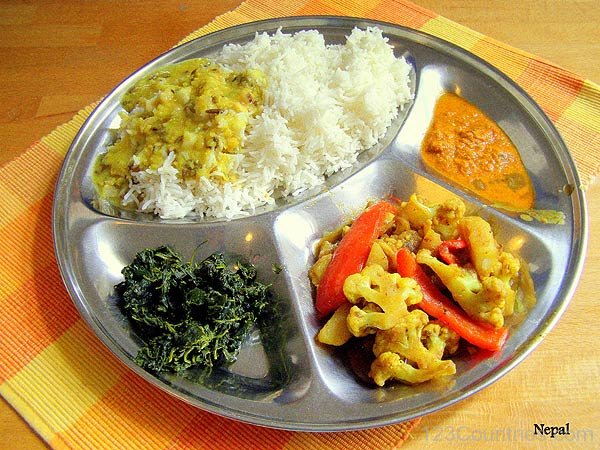
What about drinking water on trek in Nepal?
Bottled water is for sale but we do not recommend the purchase of the single use plastic bottles. We have Adventure Alternative Nalgene bottles which you can buy or bring your own on the trek. Please note that cheap Nalgene water bottles bought in Nepal are not real Nalgene and they easily split when filled with hot water!
You can order boiled water from the lodge kitchen or you can treat the tap water. River water is generally full of glacial silt and could possibly be contaminated with animal urine and the run-off from toilets, so do not drink this. The tap water in the lodges is piped from high up, off the rivers and clean glaciers so is better but still needs treated.
One option is to use iodine drops (3 per litre) which you can buy in Kathmandu (known locally as Lugols solution, available in the supermarkets in Thamel) and flavour it with Tang powder which can be bought locally.You can also try the chlorine based tablets but they do leave a taste in the water. Or you could buy a Steripen which uses UV to kill the bacteria, but it’s a bit fragile to carry.
Our favourite is Aquaprove, which is a water purification tablet using the latest technology. It’s light, easy to use and has to after taste and most importantly it works against all pathogens in impure water.
Bottled water in Nepal is a very lucrative business but takes no account of the environmental impact of all that plastic being left. We prefer using a proper Nalgene bottle and either paying for boiled water in the lodges or treating the water with products like Aquaprove.
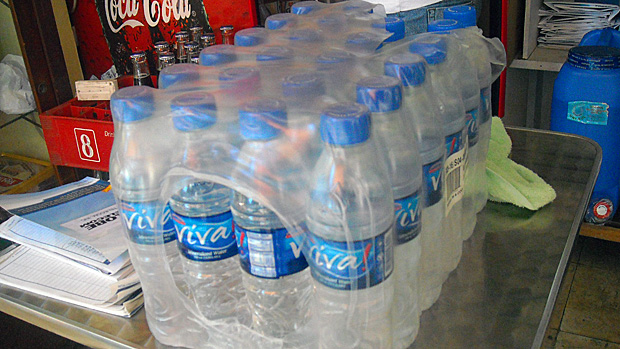
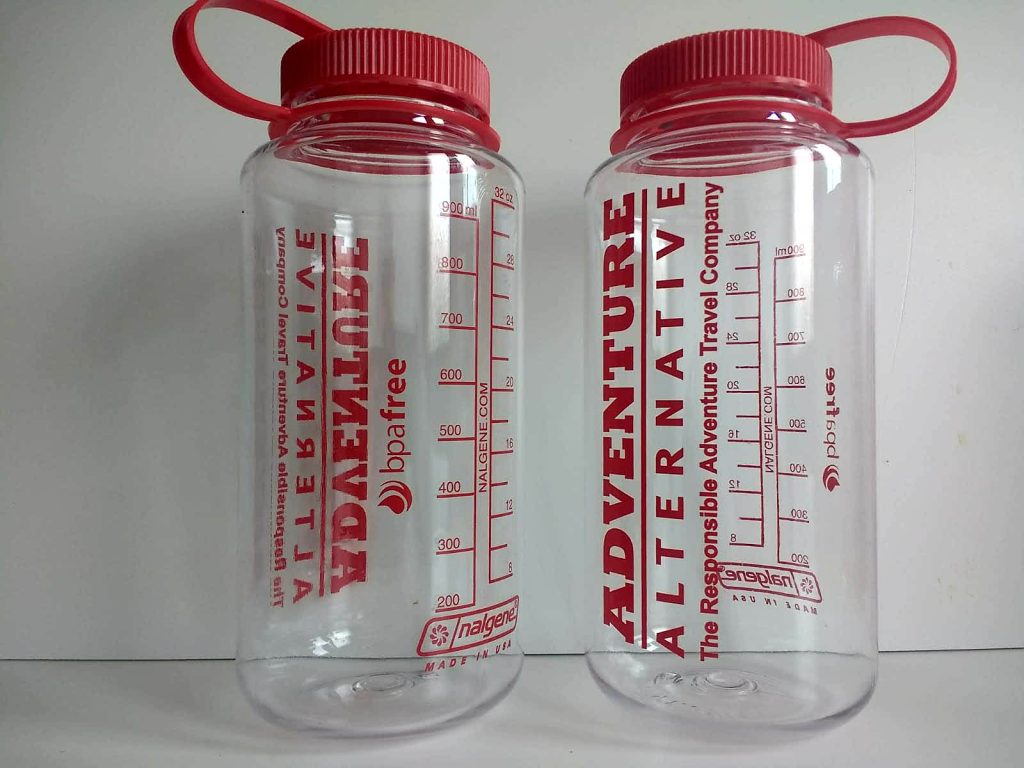
Bottled water in Nepal is a very lucrative business but takes no account of the environmental impact of all that plastic being left. We prefer using a proper Nalgene bottle and either paying for boiled water in the lodges or treating the water with products like Aquaprove.
Different trekking areas in Nepal
In Nepal some areas are more regularly walked than others. The Everest Base Camp trek in the Khumbu region, and the Annapurna Circuit are the most popular and there you will find lots of lodges with good facilities throughout. Waste management is not that advanced, most rubbish is put into large pits or burnt, so we really stress the importance of packing your rubbish out.
Other treks in the Khumbu region visit some of the same towns and villages as the Everest trek, for example the Gokyo Lakes Trek. Gokyo itself is a community high up in the mountains with amazing views and some turquoise lakes which are beautiful, and the lodges there are well appointed with everything you will find on the main trail.
The Annapurna Sanctuary Trek is a little more off the beaten track with a combination of lodges and campsites at the actual base camps of Annapurna, and then there are the much more remote treks like Manaslu Circuit and Kanchenjunga Base Camp Trek and the Upper Mustang Trek where you will see far fewer people and the facilities will be more basic. Toilets are more likely to be long drops in all the lodges, food will be more local and it is more important than ever to pack your own rubbish out. These are fragile mountain environments that need protecting from the effects of tourism.
If you are going on a climbing trip to the likes of Island Peak then the trek in is through the Khumbu region, while Mera Peak is in the Barun district which is a little more remote but you can cross the Zetra La and drop into the Khumbu valley, so once again this section is busy with tourism.
Nearest to Kathmandu is the Langtang Valley trek and the Yala Peak climb, a popular area which attracts a few thousand trekkers every year. The food and accommodation in this region will be more basic and local, and again no waste management to speak of.
How is gear carried on trek in Nepal?
Big expeditions use yaks to carry all the climbing equipment to the base camp of a mountain and that is a traditional image of how things are carried in the Himalayas. But for the shorter trekking peak trips and the treks, all the equipment and trekkers clothing is carried by people. In fact as you trek in Nepal you will see that pretty much everything is carried by people, from wood and stone to all the items for selling in shops, mattresses, beer, water, and even elderly people.
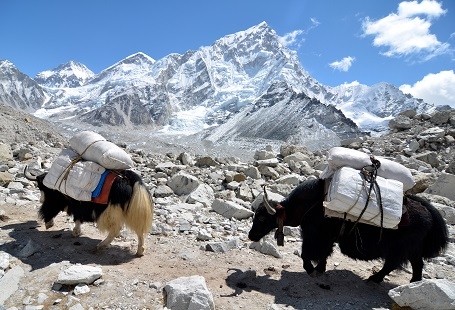
Nowadays you won’t see so many Sherpas carrying loads on their backs, they will normally be guiding or running the teahouses and lodges. Other castes are used to carry bags, for example the Rai people who commonly live in harmony with the Sherpas. They carry the bags using a tumpline across their forehead and the accepted weight of a bag should be about 15kgs.
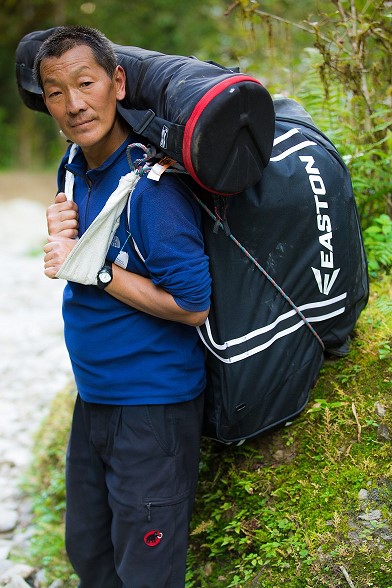
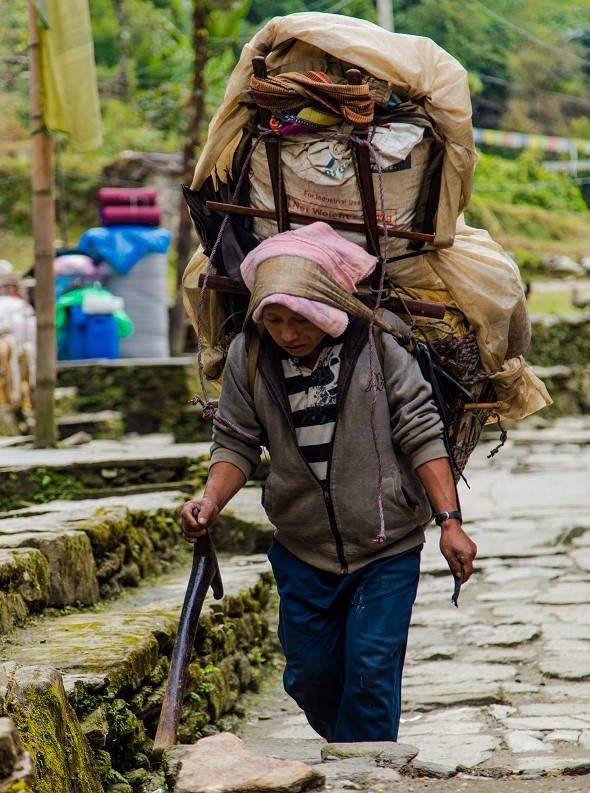
Local people still carry large loads for their own needs, using a tumpline across the top of the head and a wooden frame on which the items are strapped. The wooden stick is for leaning on when they take a rest. On the right is a trekking porter carrying a trekkers bags and still using a tumpline.
Book Your Adventure of a Lifetime Now
Discover our trips to other Countries
Adventure Alternative Articles
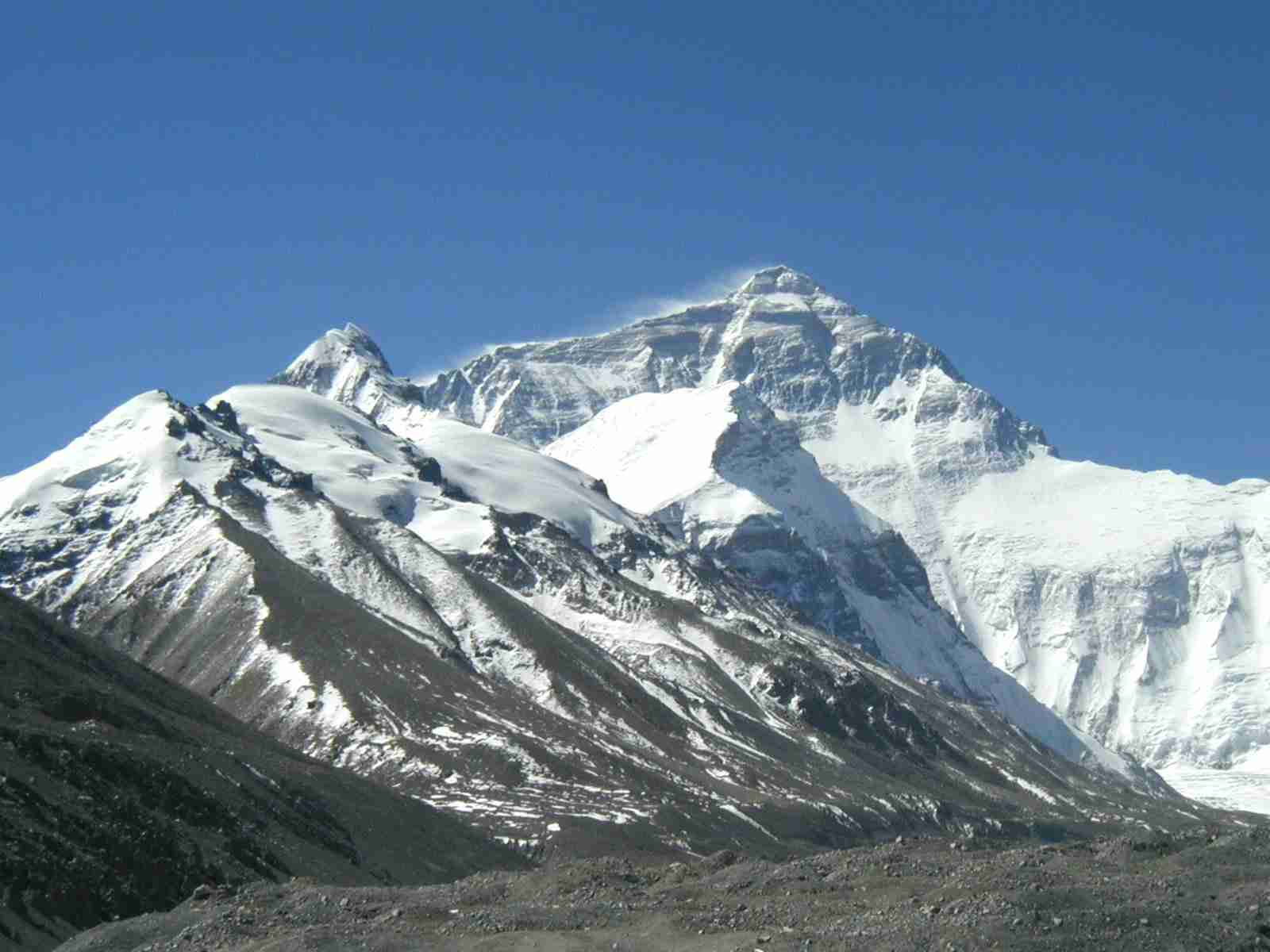
12 MONTHS, 12 MOUNTAINS
Climbing Calendar Ready for World Mountain Day In celebration of World Mountain Day, we've created a calendar for the year to make it easy for...
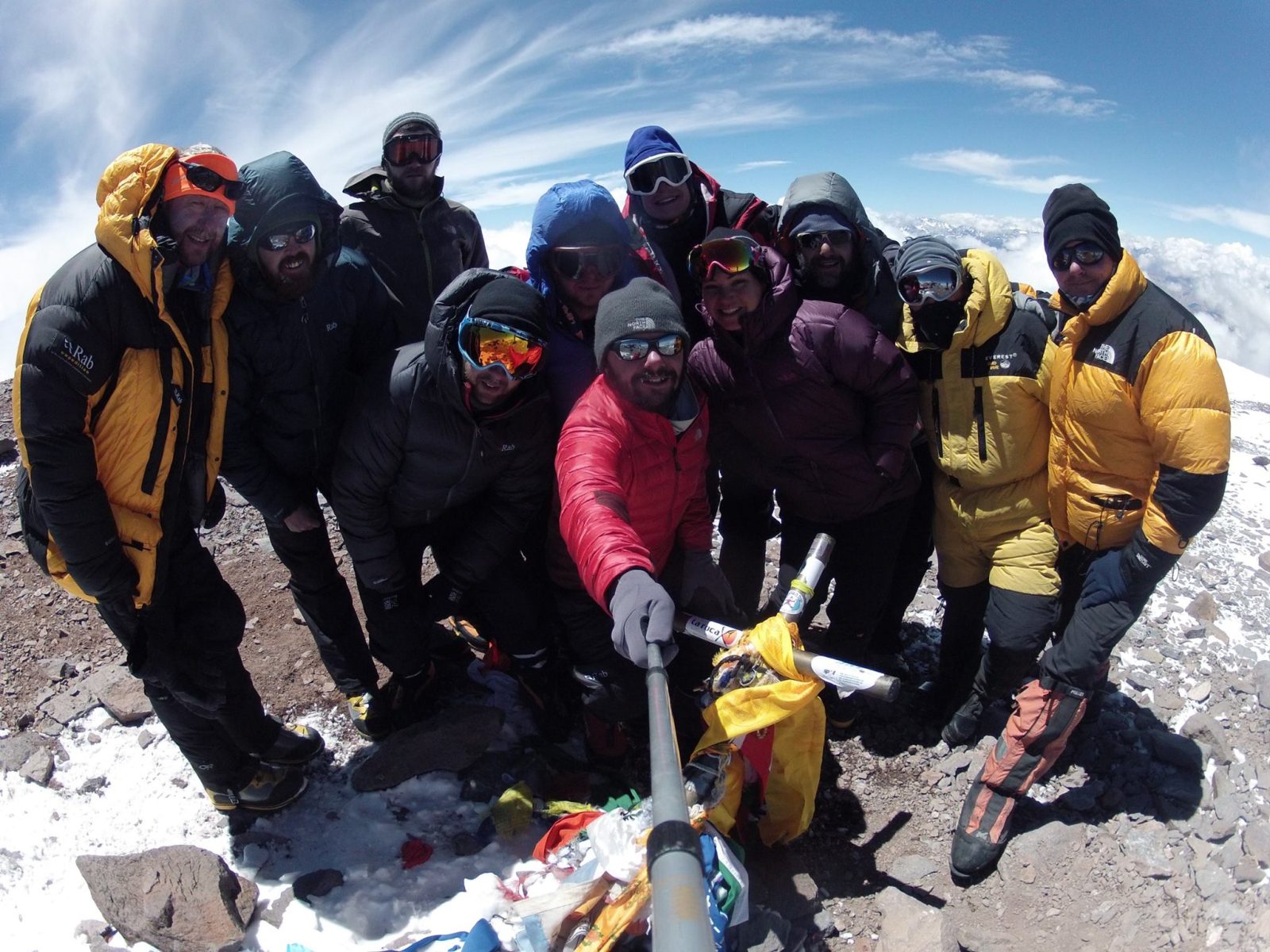
Mount Aconcagua Trip Review
January 2016 This year we had a team of twelve clients from four different countries – Iran, Ireland, England, South Africa and Argentina –...
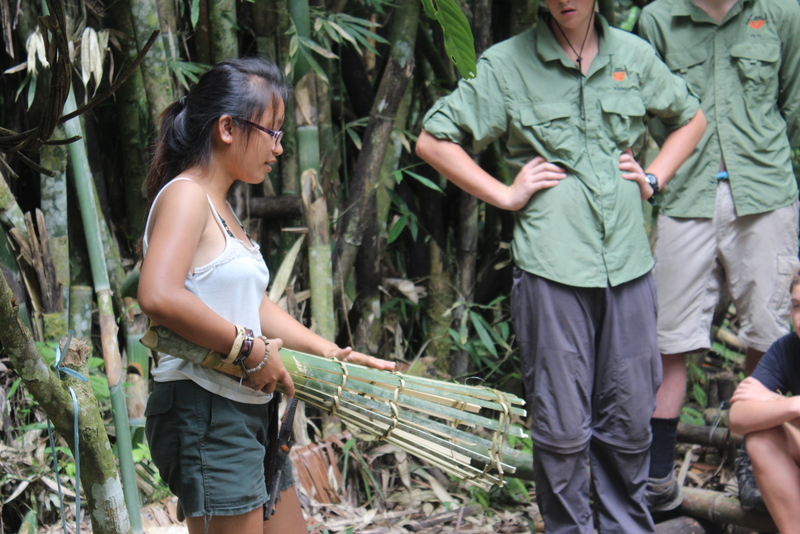
Alcey’s Survival Skills Course at Lupa Masa Jungle Camp
SURVIVAL SKILLS COURSE AT LUPA MASA JUNGLE CAMP | ADVENTURE ALTERNATIVE In celebration of International Rural Women’s Day, we’re talking...